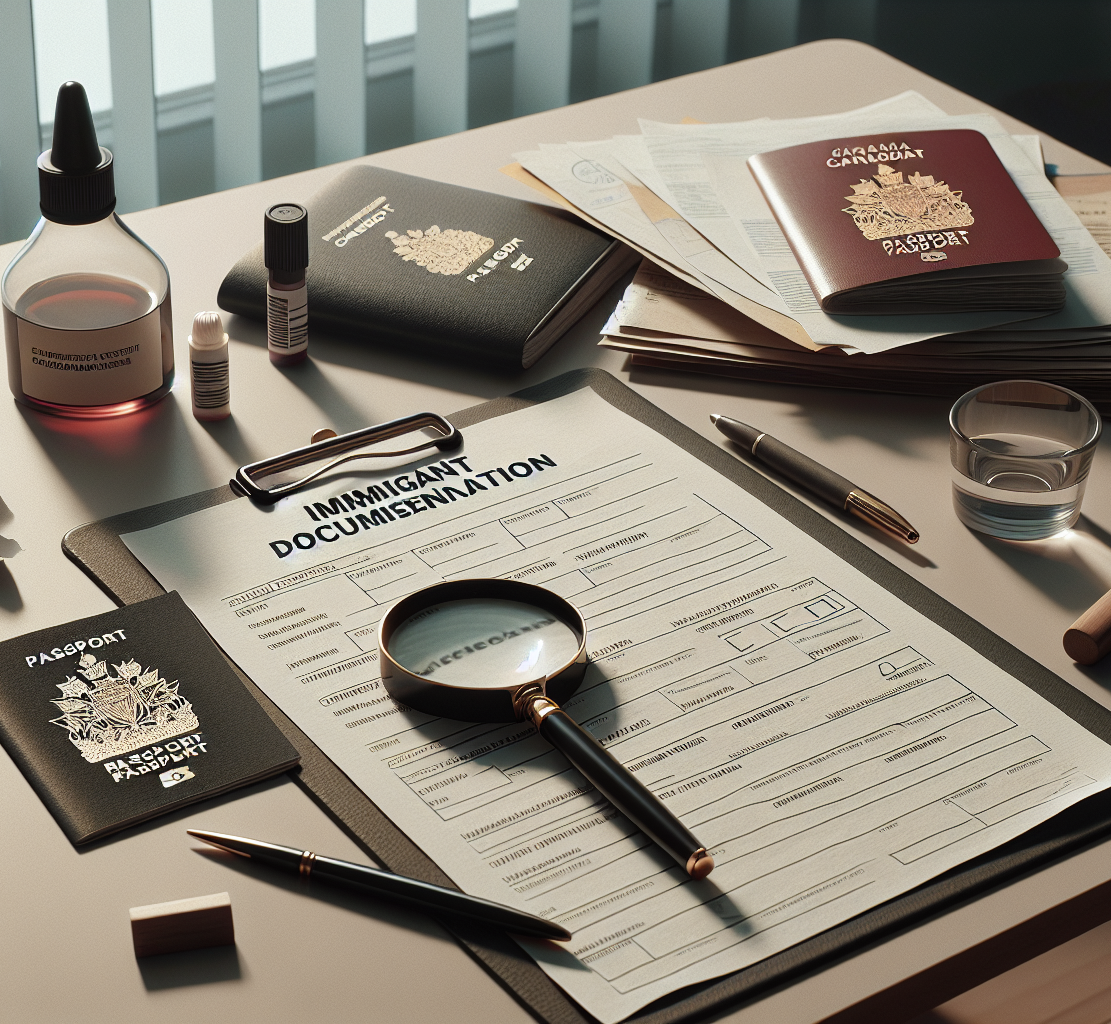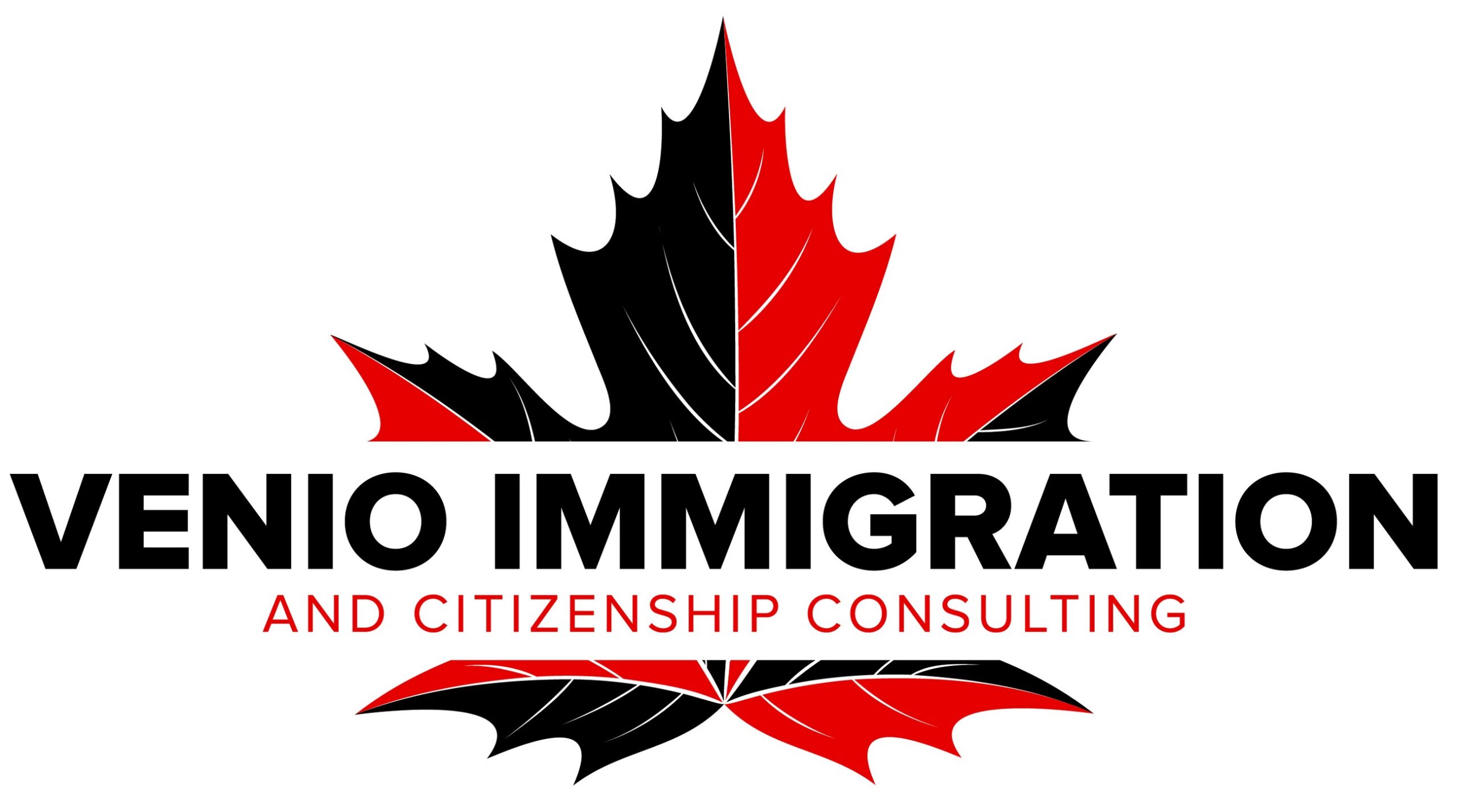Error on your document or immigration application: how to proceed?

Immigration to Canada is an important and often complex step for many people. One of the major challenges faced by prospective immigrants is to ensure that their documentation and immigration application are correctly completed and error-free. Sometimes, however, errors do creep into submitted documents. This article explores the steps you can take to correct these errors and avoid potential complications.
Immigration to Canada involves several administrative steps, and a small mistake can sometimes lead to considerable delays or even refusals. Whether it's a typo, a translation error or an omission, it's crucial to know how to correct these mistakes effectively.
Common types of error
Mistakes in immigration documents can vary. Here are the most common:
Typographical errors
- Misspellings in surnames or first names: It's common to see simple errors such as typos in surnames or first names. A misplaced letter can make it difficult to verify your identity.
- Incorrect dates (date of birth, date of employment): Errors in dates can lead to inconsistencies that are easily detected by the authorities.
- Wrong numbers (passport numbers, ID numbers): An incorrect number in your passport or ID number can make it difficult to check your background.
Translation errors
- Poor translation of official documents: Poorly translated documents can contain incorrect or ambiguous information, creating misunderstandings.
- Inconsistencies between language versions of documents: If versions in different languages don't match, this can cause confusion and require further clarification.
Omission of documents
- Missing supporting documents (birth certificates, proof of employment): Missing documents may block your application until the missing documents are provided.
- Incomplete information on forms: Failure to complete all sections of forms, or leaving fields blank, can slow down the processing of your application.
Errors in personal details
- Incorrect address: An incorrect address can lead to problems in receiving important mail, including notices and decisions.
- Incorrect marital status: Incorrect declaration of your marital status may affect the points awarded in the selection system or lead to suspicion of fraud.
- Wrong nationality: A mistake about your nationality may have implications for bilateral agreements and specific requirements in your country of origin.
Consequences of errors
Delays in treatment
Errors in the application can cause significant delays. Canadian authorities often have to ask for clarifications or additional documents, which lengthens delays. For example, a typo in your name may require additional manual verification, prolonging processing time.
Refusal of request
In some cases, errors can lead to the application being rejected. For example, a major inconsistency in personal information or the absence of essential documents can lead to outright rejection. A refusal based on an error can also complicate future immigration attempts, as it could be perceived as an attempt to conceal information.
Legal complications
Some mistakes can have legal repercussions, especially if they are perceived as an attempt at fraud or misrepresentation. This can lead to inadmissibility or other sanctions. For example, incorrectly declaring marital status in order to obtain additional points may be considered fraud.
Correction process
Identify errors quickly
The first step to correcting an error is to detect it as early as possible. Careful examination of documents before submission can help identify potential errors. Use checklists to ensure that all fields are filled in correctly and that all supporting documents are included.
Contact the relevant authorities
If an error is discovered after submission, it is crucial to immediately contact the responsible organization, whether Immigration, Refugees and Citizenship Canada (IRCC) or any other government agency involved. It is important not to try to correct the error yourself on documents already submitted, but rather to follow the official procedures.
Submit a correction request
- Modification form: Use appropriate forms to report and correct errors. For example, submit an online form or Webform to report errors in personal information, with a detailed and credible explanation. This form can be used to officially notify IRCC of any necessary changes.
- Supporting evidence: Attach supporting documents to substantiate the correction request. For example, a birth certificate to correct an incorrect date of birth. Make sure documents are certified and translated by a certified translator if necessary.
Follow-up
Once you've submitted a correction request, it's important to monitor the situation closely. Keep track of communications and make sure that corrections have been taken into account. You can use IRCC's online services to check the status of your request and receive notifications of updates.
Tips to avoid mistakes
Thorough check
Carefully re-read all documents before submitting them. Double-checking by another person can also help detect any errors you may have missed. Use spell-checking and grammar-checking tools to minimize typographical errors.
Use of professional services
Using immigration consultants or specialized lawyers can reduce the risk of errors. These professionals are trained to spot and correct potential errors. Make sure the consultant or lawyer is accredited by a recognized organization such as the Collège des Consultants en Immigration et en Citoyenneté (CCIC).
Keep copies
Keep copies of all documents submitted. This allows you to verify information if necessary, and to provide evidence quickly in the event of a dispute. Use secure storage systems to preserve document integrity.
Updating information
Make sure all personal information is up to date. For example, if your marital status changes, inform the relevant authorities immediately. Keep a list of important events in your life that may require you to update your information with the IRCC.
Conclusion
Correcting an error on your Canadian immigration document or application may seem like a daunting task, but by following the right steps, it's possible to rectify the situation without too many complications. The key is vigilance, responsiveness and, if necessary, professional help to ensure that all information submitted is correct and complete. By adopting these practices, you increase your chances of a smooth and successful immigration procedure.
Immigration is a process that requires rigor and attention to detail. By being well informed and prepared, you can navigate the administrative complexities and realize your dream of living in Canada without a hitch.






